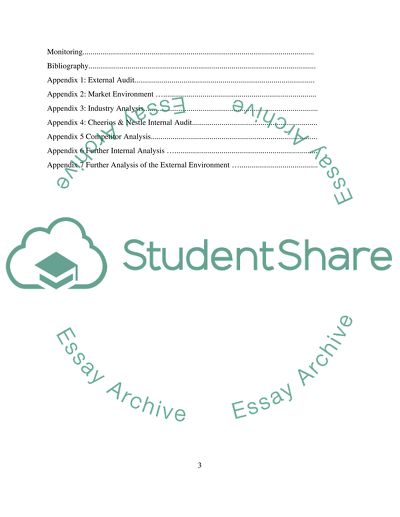Cite this document
(“Marketing plan for Cheerios Cereal Essay Example | Topics and Well Written Essays - 3000 words”, n.d.)
Marketing plan for Cheerios Cereal Essay Example | Topics and Well Written Essays - 3000 words. Retrieved from https://studentshare.org/marketing/1402651-marketing-plan-for-cheerios-cereal
Marketing plan for Cheerios Cereal Essay Example | Topics and Well Written Essays - 3000 words. Retrieved from https://studentshare.org/marketing/1402651-marketing-plan-for-cheerios-cereal
(Marketing Plan for Cheerios Cereal Essay Example | Topics and Well Written Essays - 3000 Words)
Marketing Plan for Cheerios Cereal Essay Example | Topics and Well Written Essays - 3000 Words. https://studentshare.org/marketing/1402651-marketing-plan-for-cheerios-cereal.
Marketing Plan for Cheerios Cereal Essay Example | Topics and Well Written Essays - 3000 Words. https://studentshare.org/marketing/1402651-marketing-plan-for-cheerios-cereal.
“Marketing Plan for Cheerios Cereal Essay Example | Topics and Well Written Essays - 3000 Words”, n.d. https://studentshare.org/marketing/1402651-marketing-plan-for-cheerios-cereal.


